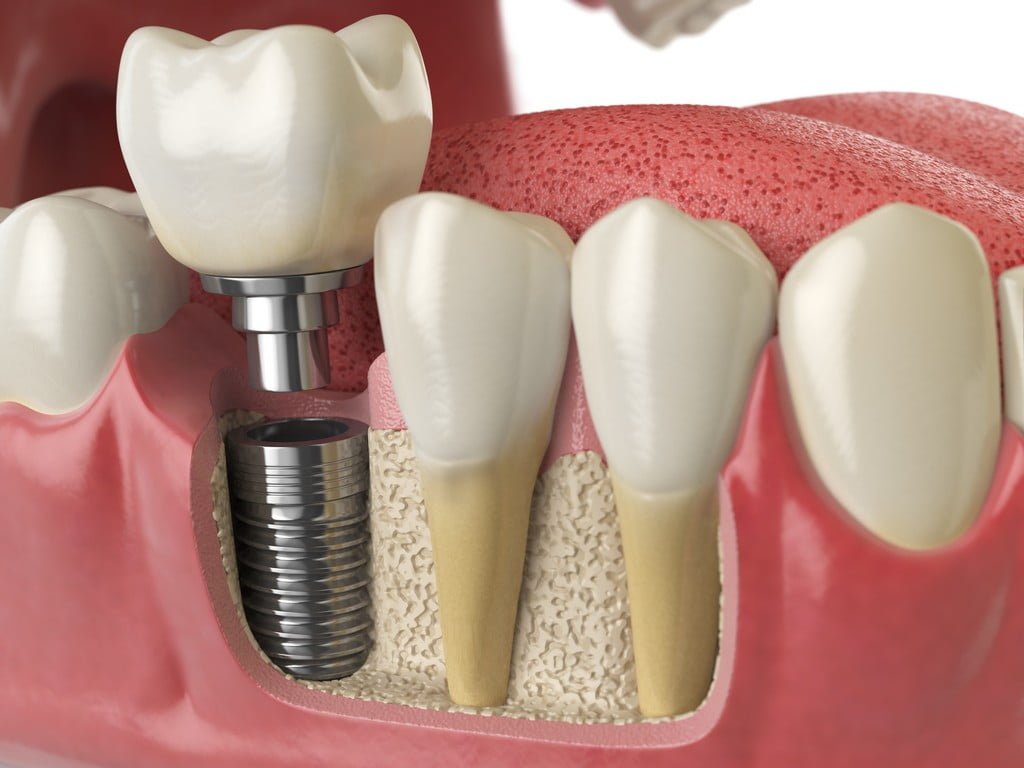BONE GRAFTING – BONE AUGMENTATION FOR IMPLANTS
Bone grafting may be necessary for patients who need a dental implant but whose jawbones are too soft or too narrow to place an implant. Regression of the jawbone is common and can have many causes, such as tooth extraction, gum disease or tumors. In a bone graft, bone is harvested using an artificial bone substitute, bone from a donor, or bone from another part of the patient’s body and placed in the jaw. Bone grafting is often required for patients who need dental implants, as they have usually lived without teeth for a long time and therefore the jawbone has receded.
Who Is A Bone Graft Suitable For?
Bone grafting is suitable for bone augmentation for patients who need a dental implant and whose jawbone has receded.
Time Required
On average, only 1 day of stay in Turkey is necessary.
How Is The Treatment Carried Out?
There are different types of bone grafts that can be used. The most commonly used types are autogenous bone grafts, donor grafts, and xenografts. An autogenous bone graft is a bone that is taken from another area of the body, such as the chin or hip. Since the bone comes directly from the patient’s body, it contains living cells that provide growth and bone formation. For this reason, this method is considered very successful and is the most commonly used. A donor graft is usually a graft from a deceased person combined with synthetic materials. This type of graft can also lead to growth and bone formation. A xenograft is animal bone.
The type of bone graft used should be discussed in detail with the treating dentist prior to the surgical procedure to determine the most appropriate option for the patient.
At the site of the tooth extraction, the bone graft is inserted and must then heal. For more receded jawbones, more bone graft material is added and then the site is closed with a guard to prevent infection and promote healing in that area. Solid bone material may also be fixed to the site (e.g., with screws), and the fixation material is removed at a later time.
A number of different materials are suitable for this procedure. In some cases the patient’s own bone tissue is used, otherwise tissue from a donor. In addition, entirely synthetic products can also be used for this procedure.
Duration of treatment: Bone grafting takes between 1 and 3 hours. The duration depends on the method used and the extent of bone regeneration. Only local anesthesia is required for the procedure.
After Bone Grafting
Patients should keep the surgical site clean and eat only certain foods. Very hot or cold foods or foods that can stick to the wound should be avoided. The dentist may ask the patient to come in for a check-up after a few days to check the healing of the gums and to remove the stitches.
The new bone may need to be left unprocessed for a few months to allow it to fuse. However, in some cases, the bone and implant can be placed at the same time.
Bone graft patients should expect softness and mild pain in the area of the graft. Its extent is about the same as the softness and pain of a tooth extraction.
Possible Risks
Possible risks include immune system reaction, rejection of the grafted bone, infection, bleeding, swelling, damage to adjacent areas, minus damage.
Cost Of Bone Grafting In Istanbul
Our price is based on a bone grafting treatment in our clinic in Istanbul and starts at 200 Euros.
Are you looking for a bone graft in Turkey? We can help you find the right treatment. Contact our Care Team to get your personalized treatment plan. We will be happy to help you!



































